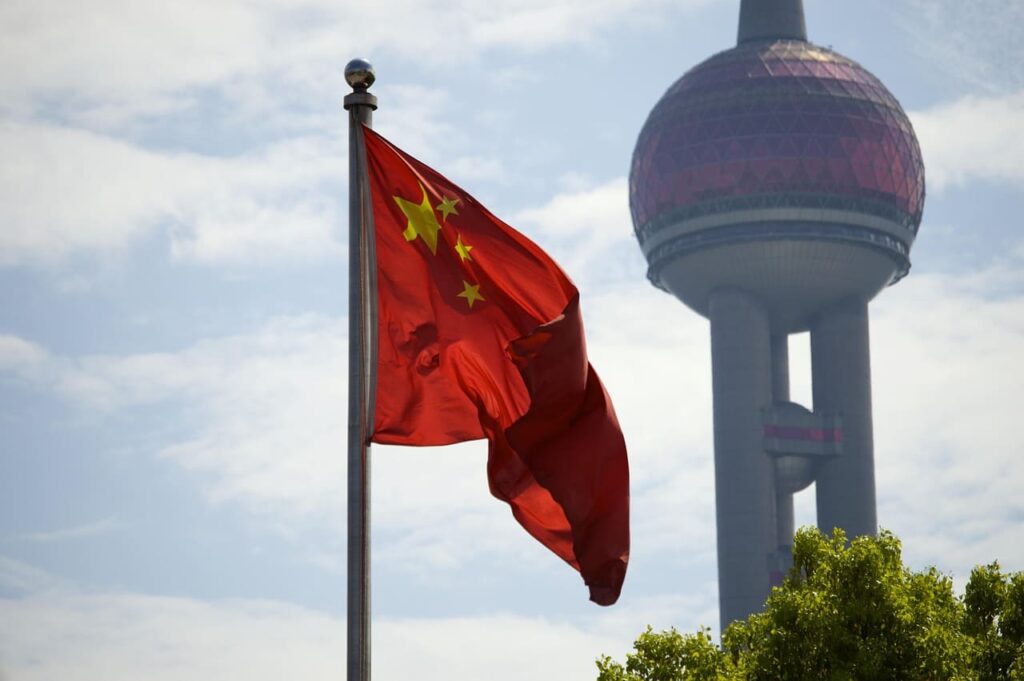In a significant move amid broadened global trade tensions, China’s Commerce Ministry announced that the country is proceeding with the quicker rollout of the recently signed trade framework agreement with the US. The move marks a renewed commitment to stabilizing economic relations between the world’s two largest economies.
What’s the Deal About?
The trade framework was brokered in London in June 2025 after months of heightening tensions and periodic tariff increases. It’s an improvement of a May 2025 truce that was finalized in Geneva, in which both sides agreed to refrain from further escalation and initiate genuine dialogue.
The framework, according to the Chinese Commerce Ministry, focuses on restoring mutual trust and opening up export channels for core technology and raw materials. This includes easing restrictions on U.S. exports to China and resuming Chinese exports of rare earth elements essentially electronics, EVs, and defense production key materials.
What’s China Doing Now?
China reports that it is now actively approving and processing export licenses on previously controlled or restricted goods. These are:
- Rare earth elements
- Semiconductor materials
- Certain metal parts and high-performance equipment
The Ministry underscored that all of the approvals will be implemented by Chinese laws and international commitments, and in return, urges the U.S. to undertake its obligations.
“Cooperation and negotiation are the right direction to move forward. Pressure and coercion can only lead to confrontation,” said the ministry in a press conference in Beijing.
What’s the U.S. Doing in Return?
Part of the deal, as arrangements went, the United States has also made some noteworthy steps:
- Lifting restrictions on the export of EDA (Electronic Design Automation) software, ethane, and aircraft engines.
- Formally notifying China of the removals and initiating trade normalization procedures.
- Coming into frequent talks with Chinese authorities to track implementation and avoid future disruption.
These actions are set to provide comfort to U.S. technology and energy companies that have been caught in the middle as a result of previous sanctions and export controls.
Why Does This Matter?
The agreement, even in preliminary form, is seen as an important step towards alleviating one of the world’s most significant trade relationships.
China’s rare earth mineral exports are vital to scores of Western industries defense to green tech and the U.S. lifting export restrictions on high-tech tools gives China access it desperately needs to build its semiconductor and AI industries
“This is not about trade. It’s about setting a new tone for global economic cooperation in 2025,” a Beijing-based economist stated.
How Long Will This Truce Last?
The present system is in force until July 9, 2025. Both nations have said that negotiations will go on, with visions of the deal being prolonged to a more long-term, binding trade agreement. If the momentum can keep going, experts think an official agreement can be reached later in the year.
Nevertheless, there are still some obstacles. Most notably:
The U.S. just inked a new trade agreement with Vietnam, which has draconian terms to prevent transshipment of Chinese goods something that is being attentively watched by Beijing.
Supply chain diversification fears are also on the horizon, indirectly potentially putting pressure on Chinese exports and manufacturing dominance.
With days left until the July 9 deadline, Washington and Beijing are suddenly in the spotlight. Will this truce last longer? Or will the old rivalry resume?
For at least the time being, the hasty pace of rollout is a positive indication that both powers are willing to negotiate instead of slapping tariffs, and to cooperate instead of crashing welcome respite for the world’s firms and markets.
Stay ahead with CurrentGlobalNews.com on breaking news in global trade, diplomacy, and economic transformation.
